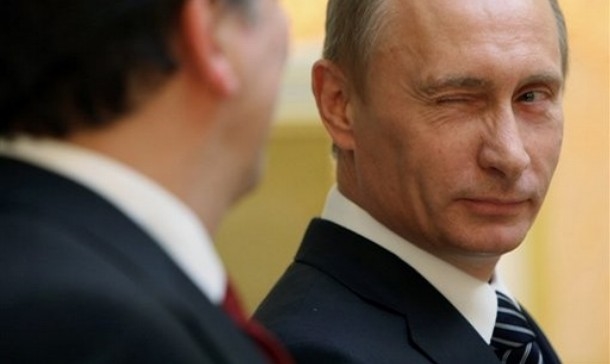Russia’s bold nuclear diplomacy has piqued the media’s interest, but would Putin be willing to act on his words? How will this affect US-Russian relations?
The Return of Nuclear Diplomacy
In a throwback to the 1980s, Russia has recently made some bold statements about its nuclear arsenal. In a jingoistic documentary, Crimea: Road to the Motherland that aired on Russia’s Channel 1 TV network, Vladimir Putin mentioned that Russia’s nuclear arsenal was put on standby when his military took the peninsula from Ukraine one year ago. Just this week, Russia stated that Danish ships would now be targets for Russian nuclear weapons if they joined the United States in its anti-ballistic missile shield in Europe. This comment generated fear in the West, causing some to exaggerate the issue by incorrectly stating that Russia would actually strike Denmark.
These two events warrant a discussion among Western policymakers about the nature of this threat, and whether or not the nuclear doctrines of the Cold War have returned. During the tenures of Reagan and Gorbachev, before the optimism of Glasnost and Perestroika, US-Soviet nuclear posturing was at a peak. The two powers had over 60,000 warheads between the two of them. Today the number is somewhere just shy of 10,000, still enough to destroy the world a few times over. Nuclear posturing and its use as the backbone of security guarantees is still an unaddressed addiction for several world states despite the US-Russia START obligations to reduce stockpiles, the Non-Proliferation Treaty, and the optimistic policy projections of Barack Obama during his first term.
Playing to the Media
As for Russia’s public statements about its targeting and readiness, it is most likely simply finding a public voice for something the US and NATO security establishments already know. It is likely that a quick Danish phone call to the Pentagon clarified that most of NATO’s advanced weaponry on the European continent is already on Russia’s nuclear target list. What this message is in reality is simply a new front in what is a comprehensive strategy to undermine the Transatlantic partnership through a political application of Russia’s doctrine of Maskirovka¸ known in the West as hybrid warfare.
The Current Situation
US-Russian relations are presently in poor condition, but they are still far from the low points of the Cold War. The two countries’ embassies in Moscow and Washington still require close contact in regards to nuclear treaty obligations and technical know-how in the disarmament process. The US and Russia still widely cooperate in space travel as well. Such cooperation is not the behavior of two major powers on the verge of nuclear conflict.
The most accurate thesis explaining Russia’s posturing is the necessity to build new and diversified coalitions of domestic support for Vladimir Putin. His messaging will be welcome among Russian nationalists and hard-liners who feel that Russia lost its empire and superpower status after the Cold War. On a larger scale, domestic considerations can explain much ofPutinism. The Bolotnaya protests weigh heavily on the president’s conscious, and he will do and say nearly anything to maintain what are already astronomically high approval ratings before the foregone conclusion of his reelection in 2018. If the West is concerned with Putin’s nuclear hot air, they would be well served to deliver a counter narrative explaining the domestic situation in Russia, which is greatly misunderstood by its policymakers and populations. At the very least, the powerful media and government establishments in the United States and Europe could do more to deflect Putin’s trumped up nuclear posturing lest they tragically start to believe Russia’s dangerous narrative.
This article first appeared on Ramen IR
Photo courtesy of Flickr, some rights reserved

